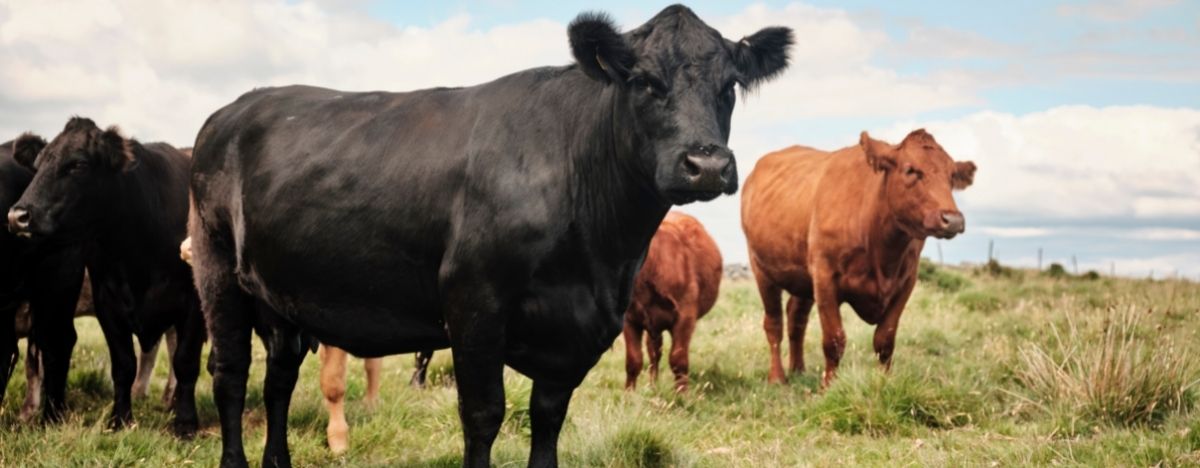Silvopasture at Elston Farm
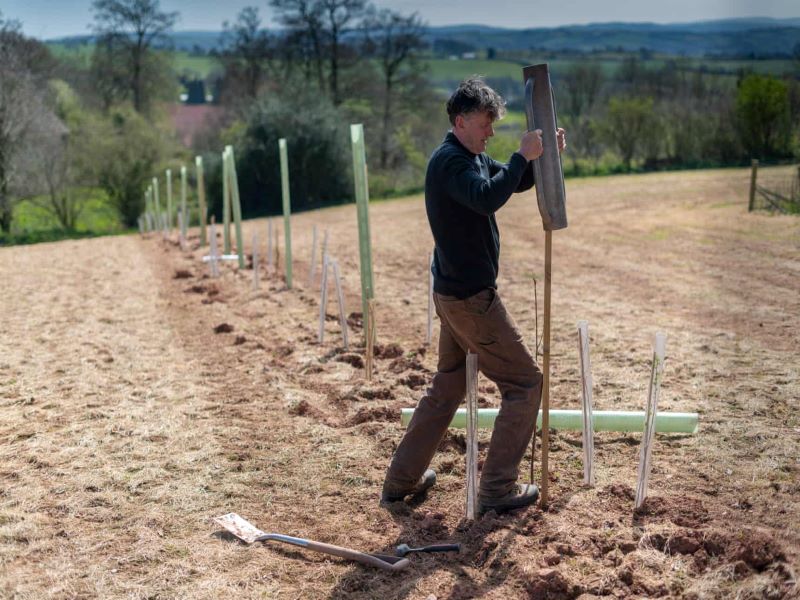
Silvopasture at Elston Farm
What is silvopasture?
Silvo-pasture, also known as wood-pasture, is the combination of grazed grassland and trees in the same field or space. This system can increase the overall productivity of the land area by producing both the grazing and the products from the trees; such as nuts, fruit, wood, extra livestock food in the form of tree leaves etc. The system can also improve the welfare of the animals by providing shade and shelter. Silvopasture will also increase soil carbon, water quality, biodiversity, and other societal benefits.
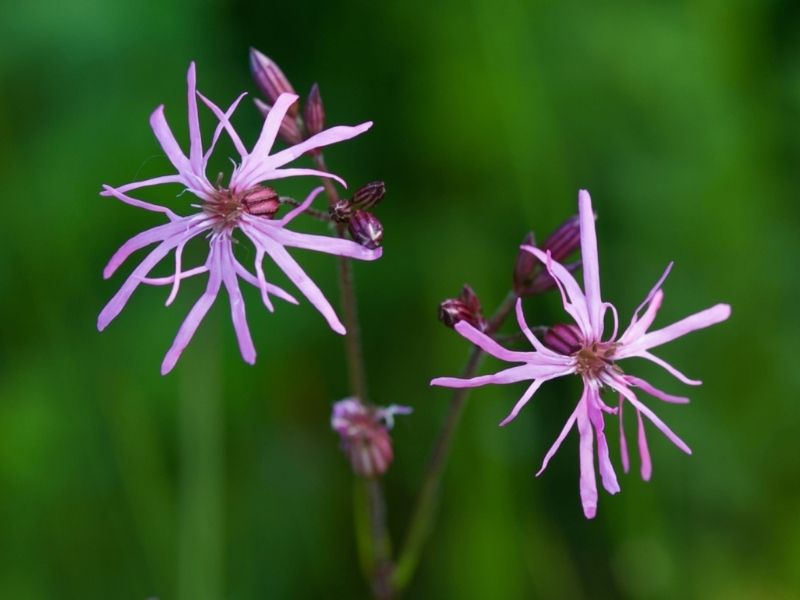
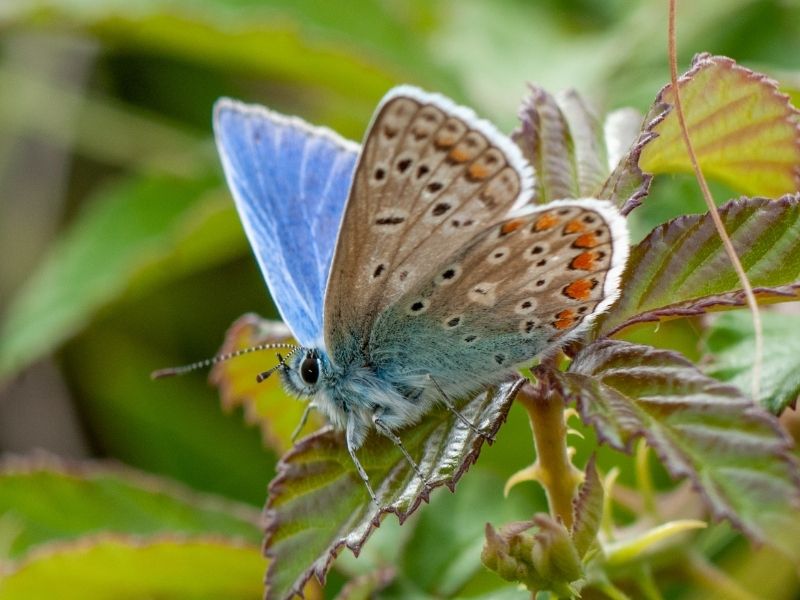
why silvopasture at elston farm?
It’s a huge experiment, with a lot of scientific investigation. As we are at the point of massive change within agriculture, we thought Elston Farm might as well give this trial a go. As someone who likes to have wildlife around my farm it is an option that appeals to me, whilst the science may prove whether it is just as productive as more conventional ways of farming.
The fields won’t be stocked with livestock for at least five years, though it will depend on the speed of the growth of the trees and their bark, how quickly the secondary thickening grows. This will be key to protect the standard trees, the ones we want to grow tall and produce a canopy. Sheep and cattle will strip the bark if it hasn’t developed the harder layers.
There are seven other farms taking part in this trial including the Rothamsted Research Centre, an agricultural research centre in central Devon. Between us we have three different types of planting, on Elston Farm we have planted trees in 14 metre rows, 3 meters apart within the rows. Every other tree is grown to produce a canopy, these we have protected with three hawthorns. Between these standards we have tasty shrubs of various species. They are to provide the livestock with something to eat as well as low cover to stop the wind. All the trees are indigenous. The taller standards are oak, alder (which fixes nitrogen), Scot’s pine, downy birch, lime, sycamore, and field maple. (We have also planted walnut, apple, and chestnut as cash crops, whilst not strictly indigenous, they are at low density) The low bushes we have planted are spindle, elder, holly, willow, hazel, and witch elm.
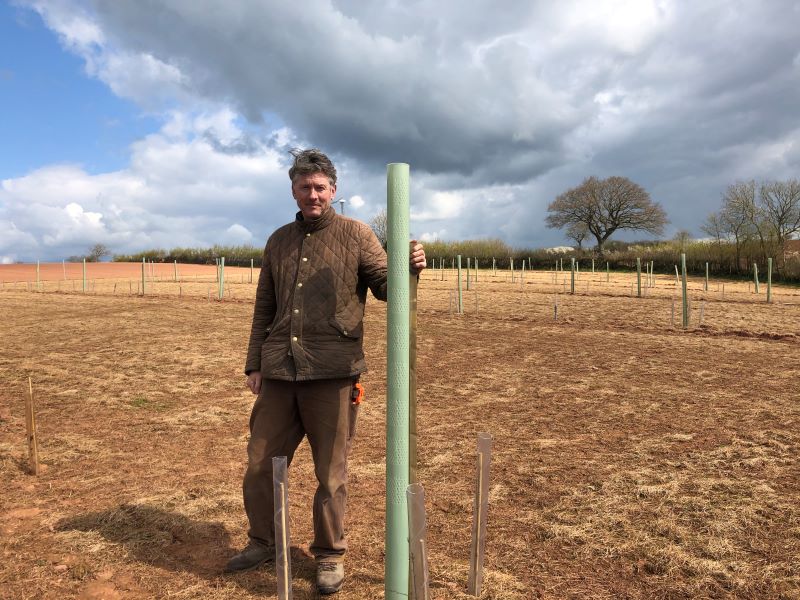
research and funding
The Woodland Trust are providing the trees, guards and posts and the research is being done by a range of partners, including the Organic Research Centre and Rothamsted. The wildlife monitoring is being led by the Farming and Wildlife Advisory Group who are looking to partner with specialists from Bristol university and the British Trust of Ornithology among others and will look at indicator species such as bats and birds as well pests to livestock including head and face flies. We need to add in as much science as we can as it is very rare to run an experiment of this size over so many years, new researchers are popping up all the time.
With initial support from Innovative Farmers, the project is farmer led, meaning that it was the farmers who identified the different topics to be researched, and the researchers are following our lead. We then worked with advisors from the Farming and Wildlife Advisory Group (FWAG) and the Woodland Trust to design the silvopasture to suit each of our farming systems.
This is a collaborative project, to achieve the best results we needed to expand the conversation beyond one or two minds. We have sought knowledge from a wide range of experts, increasing the credibility and broadens the impact.
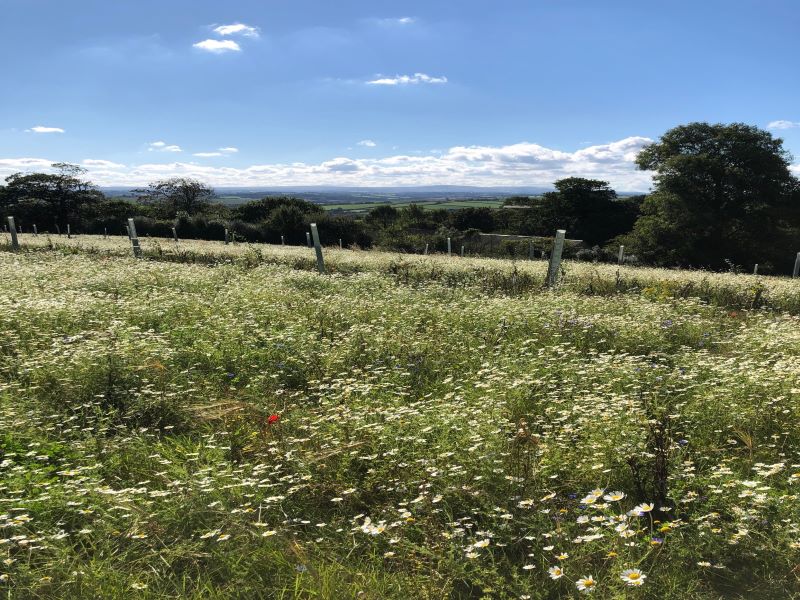
cattle behaviour
We hope to measure the behaviour of the cattle; via satellite tagging so we know where they are spending their time in certain climatic conditions. If it is raining, do they spend their time under the trees and if it is sunny, do they also shelter under the trees? If there are lots of flies about, will they move away from the trees? We have the foremost blow-fly expert in the country measuring blowflies. Blowflies are an insect that live in open pasture, they don’t like living near trees, which suggests that silvopasture might be able to reduce incidence of fly strike in sheep. Face flies and head flies however do live in trees, and may be a problem for cattle – however, we are researching whether the increase in habitat for these insects will be counterbalanced by the corresponding increasing in habitat for their main predators – birds and bats.
